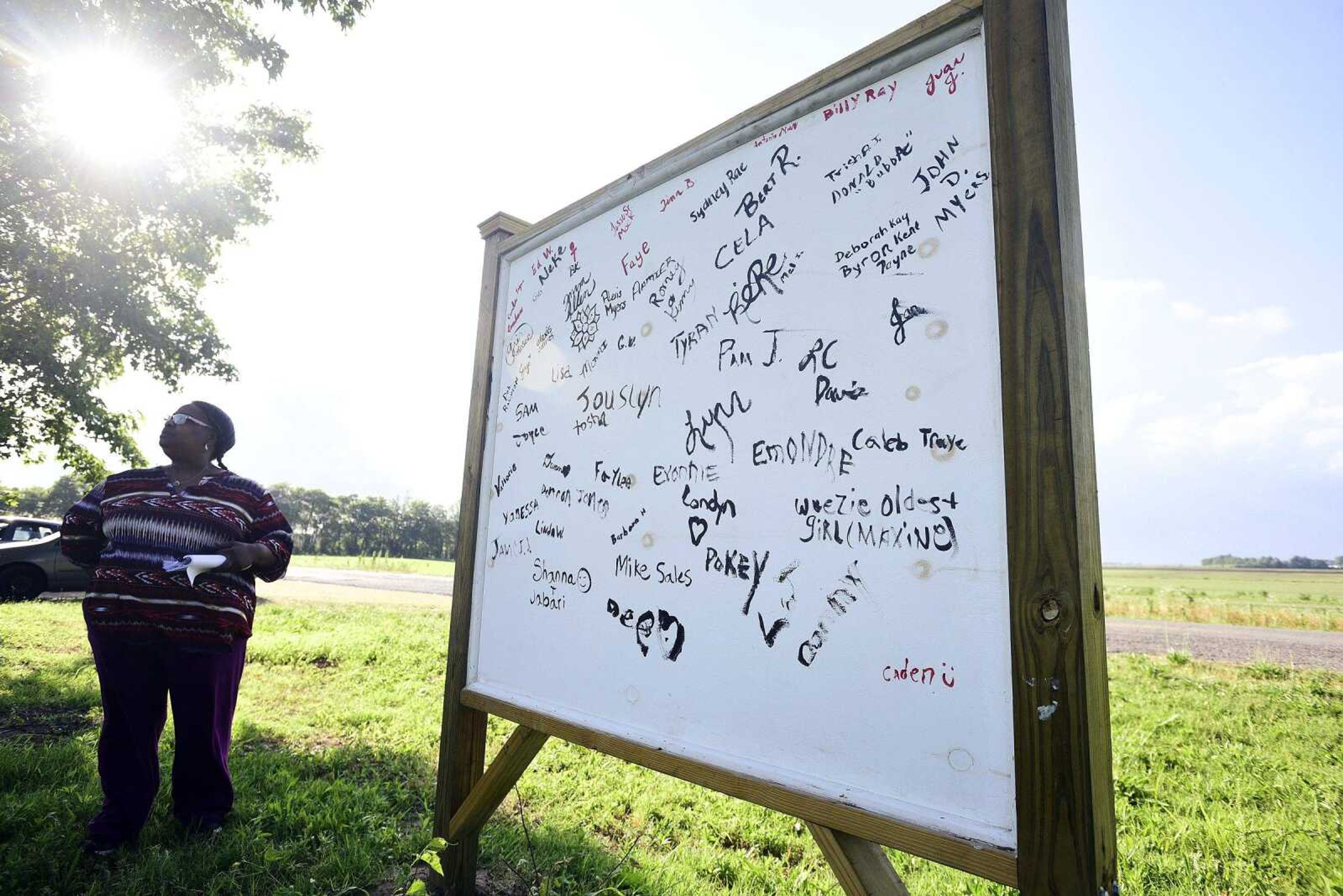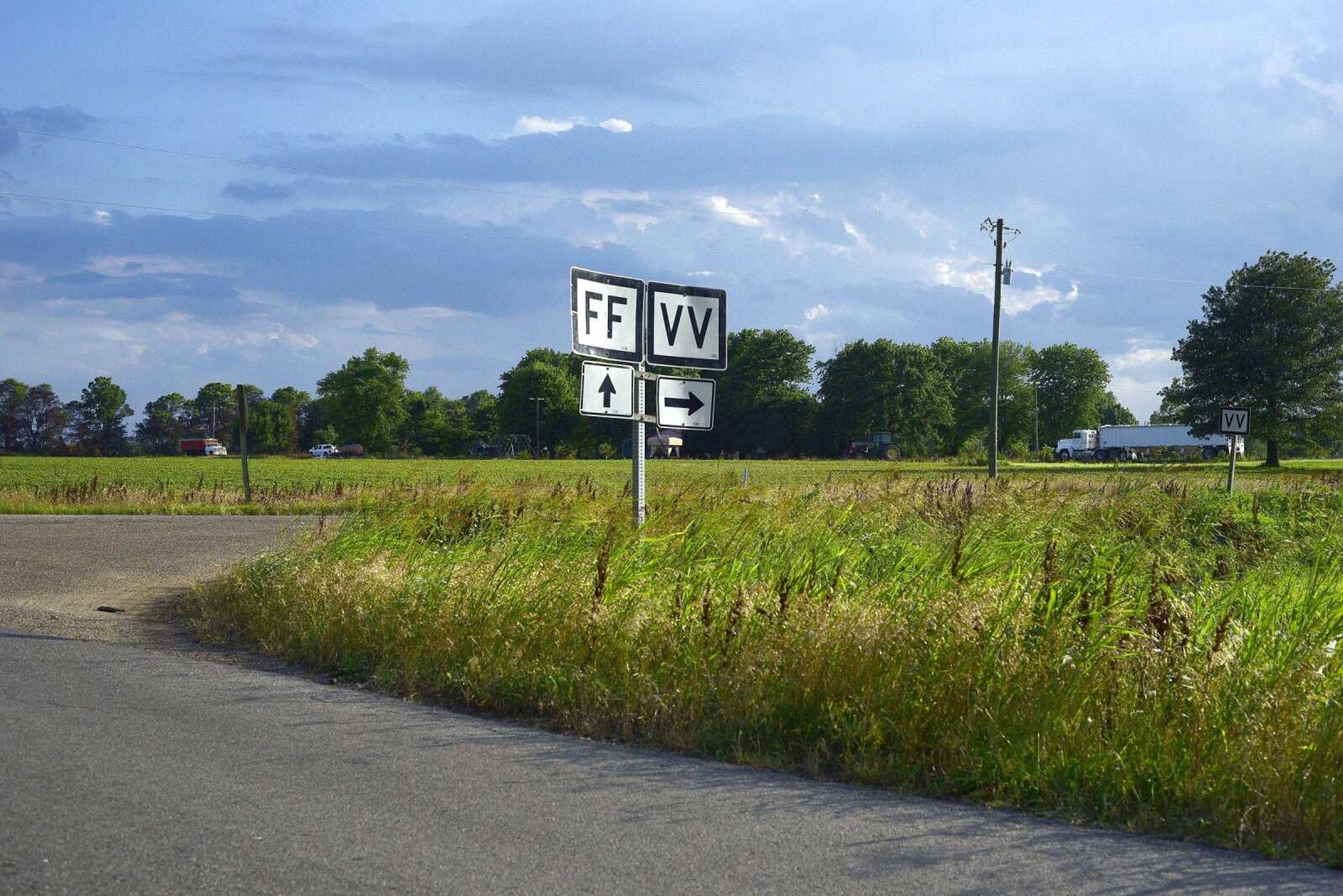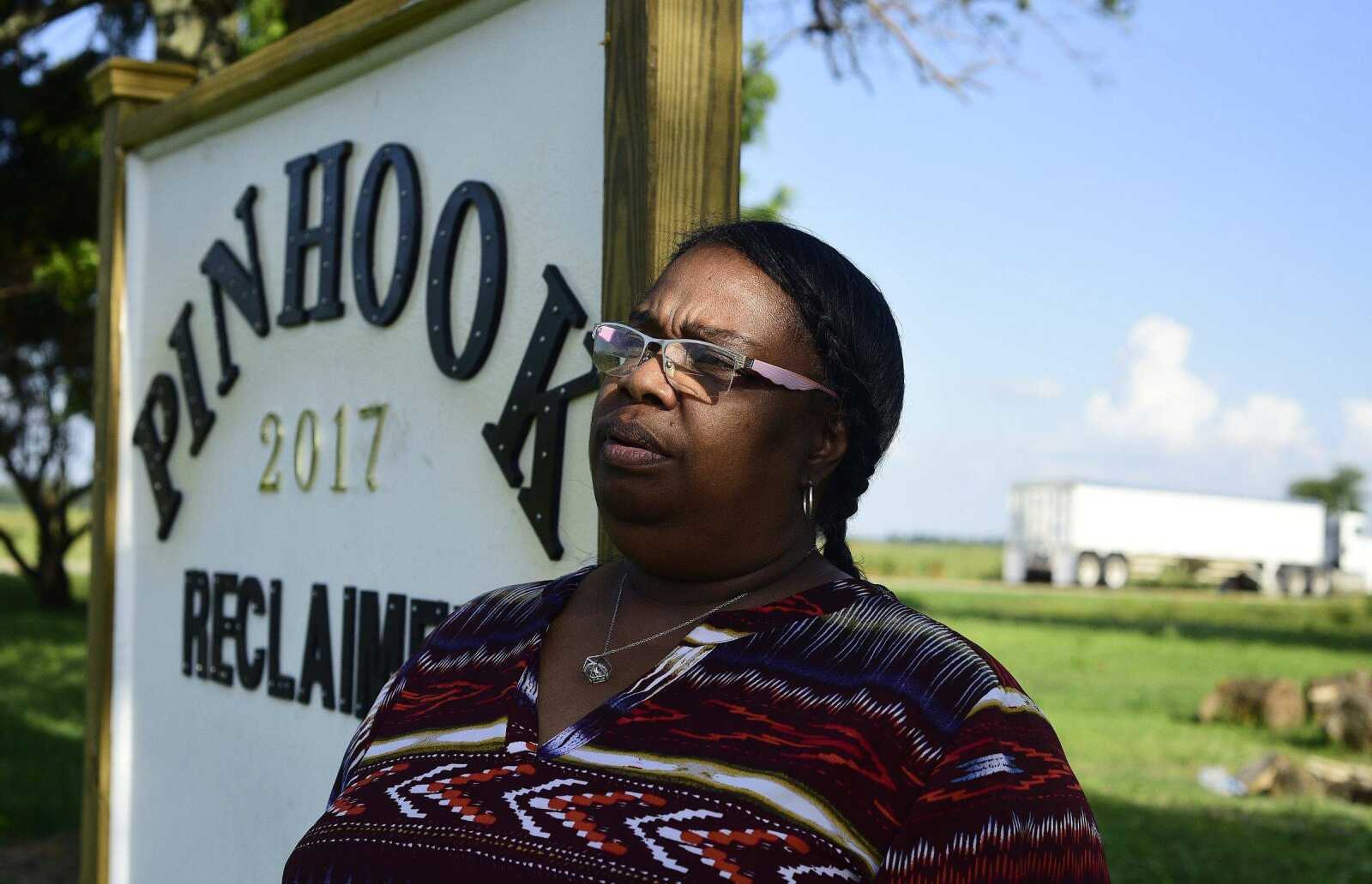Pinhook reclaimed: State grants set to help former village residents relocate
Help finally may arrive for former residents of the small, black community of Pinhook, Missouri, which floodwaters destroyed in 2011. For the past six years, they have held on to hope and little else. Living in rental housing in Sikeston, Charleston, East Prairie and elsewhere, they dreamed of relocating and starting a new life together...
Help finally may arrive for former residents of the small, black community of Pinhook, Missouri, which floodwaters destroyed in 2011.
For the past six years, they have held on to hope and little else. Living in rental housing in Sikeston, Charleston, East Prairie and elsewhere, they dreamed of relocating and starting a new life together.
But efforts to make that dream come true were dashed time and again.
Missouri Department of Economic Development spokeswoman Amy Susan said the department worked with the Bootheel Regional Planning Commission to come up with a solution.
"Although relocating the village in its entirety to a new location in the region was the preferred choice, it was determined not to be feasible," Susan wrote in an email to the Southeast Missourian.

To move the village as a whole, all the residents would have had to agree to move to the same location, Susan said.
"That agreement was never reached," she said in an email.
Two sites were considered in the Charleston area, but "annexation issues prevented the project from moving forward," Susan said.
Debra Robinson Tarver, former chairwoman of the Pinhook community, said the Charleston project was not feasible because "we would have had to pay" to tie into the city's sewer system.
Tarver said a site was considered in the Morley area, but that also didn't work out.

Moving forward
Through joint discussions with Pinhook leaders, the planning commission and DED, it was decided the best option was to provide housing assistance on an individual basis to the nearly a dozen families, Susan said.
Former residents, meeting in Charleston last week, accepted the agency plan.
"We are very optimistic about it," Tarver said. "We are going to remain hopeful."
Tarver said the agency will help the families relocate within a 100-mile radius.
Susan said the focus is on relocating the families in Mississippi, New Madrid and Scott counties.
Each family will choose from among three options: build a new home, buy or refurbish an existing home or rent a home or apartment.
Funding would come from a state Community Development grant. Susan did not disclose the maximum amount per family, saying it is "confidential at this time."
Former Pinhook residents would have to pay any costs above that amount, except for moving expenses which the state would pay, Susan said.
Building a home could take from 12 to 18 months, she said. Purchasing or refurbishing a home would take less time, and rental assistance could be provided even sooner, she added.
Catholic Charities of Southern Missouri has agreed to help build the new homes or refurbish existing homes, Susan said.
For the former residents of Pinhook, any help has been a long time coming.
Some said they felt ignored at times by various government agencies and elected officials. They said they wrote to elected officials but received little response.
"They never listened to us," recalled Tarver.
Her sister, LaToya Robinson-Tate added, "When it is not your tragedy, it is no big deal."
The Pinhook families said they had federal flood insurance. The town was in a flood plain. But they never received insurance payments because the 2011 flooding was not "an act of God," Tarver said.
The flooding happened because the U.S. Army Corps of Engineers blasted three holes in the Mississippi River levee on the Missouri side to relieve pressure on the floodwall protecting Cairo, Illinois, and other populated areas upstream. The action flooded about 130,000 acres of farmland in Mississippi and New Madrid counties and the village of Pinhook.
The Mississippi County community was settled in the 1930s, according to former residents.
A Baptist organization bought land and allowed black families to settle the area.
The village had a population of about 150 people at one time. In 2011, more than 30 people still lived there before floodwaters washed it away.
What the floodwaters didn't destroy, looters and vandals did, Tarver and other former residents said. The village's Baptist church and some of the houses were leveled by arson.
Starting over
Tarver said, "To have to start life over again is scary."
Aretha Robinson, the mother of Tarver and Robinson-Tate, spent much of her life there. She raised her family there.
They and other former village residents returned to Pinhook to watch as bulldozers demolished the remaining damaged structures in 2015.
Today, Pinhook is an empty field bordering Route VV. Leonard Gallion, a farmer who grew up in Pinhook and keeps the site mowed, said, "It is sad."
Former residents and relatives returned to the site May 27 to celebrate their heritage. While they hold a Pinhook Day celebration each year, Tarver said this year's event marked the first time they held it where the town stood.
"Next year, we hope to place a memorial out here," she said.
The site has a sign, erected during this year's Pinhook Day. It reads, "Pinhook Reclaimed 2017." On the back of the sign, former residents and relatives signed their names in permanent ink.
Tarver and the other residents now know they won't be able to resurrect their village. Still, Pinhook remains their home emotionally.
"There is no place like home," Tarver said, describing the village as a "peaceful" community.
Tarver said former residents have stayed in touch, meeting monthly at the Boomland restaurant in Charleston.
"We have always depended on the good Lord," she said.
Tarver said they will continue to have a sense of community, no matter where they live.
"They won't tear that up," she said.
mbliss@semissourian.com
(573) 388-3641
Connect with the Southeast Missourian Newsroom:
For corrections to this story or other insights for the editor, click here. To submit a letter to the editor, click here. To learn about the Southeast Missourian’s AI Policy, click here.











